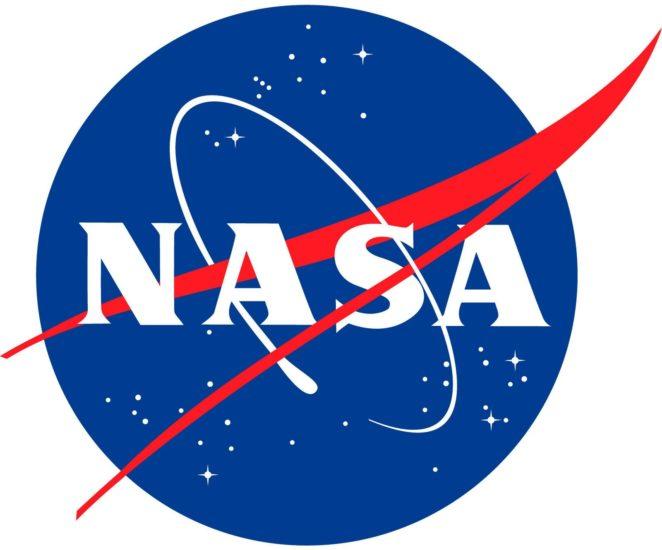Government Agencies Play Catch-up with Aviation Technology

In the race toward the future, eVTOL development, sped along by advances in drone technology, is outpacing airspace rules and regulations—and therefore, safety. And NASA—along with industry, government, and academic partners—is working to bridge the gap.
Uber and NASA
Uber Technologies announced plans in 2016 to develop an electric flying taxi service that would provide urban customers with an alternative to sitting in city traffic, stewing in emissions. A year later, Uber partnered with NASA to develop an air traffic management system—now called Urban Air Mobility (UAM).
Under the guidelines of the agreement, Uber will share plans for its urban aviation rideshare network, and NASA will assess that network’s impacts in crowded environments. Its findings will help create the new air traffic management system.
“Urban air mobility could revolutionize the way people and cargo move in our cities and fundamentally change our lifestyle much like smart phones have,” said Jaiwon Shin, associate administrator for NASA’s Aeronautics Research Mission Directorate (ARMD), in a statement.
The partners envision UAM as a safe and efficient air transportation system that encompasses everything from drones delivering small packages to vertical take-off and landing air taxis that transport people short distances over populated areas. All quietly, efficiently, and most importantly, safely.
That’s an ambitious goal, with lots of complicated, potentially dangerous scenarios to resolve before flying cars—and Uber’s air taxi service—become a reality.
Catching Up with Drones
In the meantime, the Federal Aviation Administration (FAA) is trying to catch up to drone technology. In May 2018, it approved 10 drone pilot projects that will use unmanned aerial vehicles (UAVs) to perform diverse activities such as mosquito control and food and medical supply delivery. The project partners the FAA with local, state, and tribal governments, which then partner with private companies like FedEx to explore drone operations. Participants will provide the FAA with the data they collect about night flights, flights over people that occur beyond visual line of sight, package delivery, detect-and-avoid technologies, and more, according to the Department of Transportation. The data will help the FAA better understand the risks of drone delivery systems.
“We’ve got to create a path forward for the safe integration of drones if our country is to remain a global aviation leader and reap the safety and economic benefits drones have to offer,” US Transportation Secretary Elaine Chao said while announcing the project participants.
Additionally, the FAA has expanded its Low Altitude Authorization and Notification Capability (LAANC). By the end of September 2018, a total of 500 airports will have the ability to allow commercial drones into airspace below approved altitudes via real-time requests submitted through app software.
Simultaneously, flying car prototypes developed to the tune of billions of investment dollars are being announced with great enthusiasm around the world—from large, well-established aircraft manufacturers like Airbus and Boeing to startups like Kitty Hawk, owned by Google co-founder Larry Page. Will the regulations catch up with the machines?
Working Toward Harmonized Air Traffic Management
NASA and its partners are working with the FAA with the goal of safely controlling low-flying aircraft like drones and air taxis so they don’t interfere with the current air traffic control system. Uber anticipates that the VTOL aircraft it uses will fly between 1,000 to 2,000 feet.
Relying on NASA to help solve thorny aviation issues is nothing new. A century ago, its predecessor organization—the National Advisory Committee for Aeronautics—began developing the aeronautics technology that is now used by every airplane and air traffic facility in the country.
NASA plans to conduct computer modeling and simulations to ensure that each iteration of the UAM system is undertaken with the highest degree of safety. Its findings will be used to help develop industry standards, FAA rules and procedures, and city ordinances. For example, at its research facility at Dallas Fort Worth (DFW) International Airport, NASA plans to simulate a small passenger-carrying aircraft flying at low altitude through DFW airspace during peak air traffic. This simulation will help pinpoint safety issues that arise as these new types of aircraft are added to the existing air traffic control system.
“NASA is excited to be partnering with Uber and others in the community to identify the key challenges facing the UAM market, and explore the necessary research, development and testing requirements to address those challenges,” said Shin.
According to a recent study by Deloitte on the future of mobility, “Resolving these issues and creating the foundation for a solid, sustainable UTM will then open the door to the next phase in this evolution, allowing this industry to look beyond unmanned air traffic management towards ‘Unified Air Traffic Management.’ In this phase, Unified TM will need to support legacy traffic, unmanned aircraft operations, and piloted and/or autonomous manned vertical takeoff and landing (VTOL) operations and air systems.”
Uber hopes to offer commercial air taxi rides by 2023. Unified TM will be rolled out when NASA and the FAA have assured the highest levels of safety. Will these dates align?
“We’re the safety regulators. We’re going to come at this from a safety perspective,” said Dan Elwell, acting administrator of the FAA, in an onstage conversation with Jeff Holden, then Uber’s Chief Product Officer, at the Uber Elevate Summit in May 2018. “[T]he public demands a level of safety in aviation . . . There is absolutely zero tolerance for degradations of safety.”


